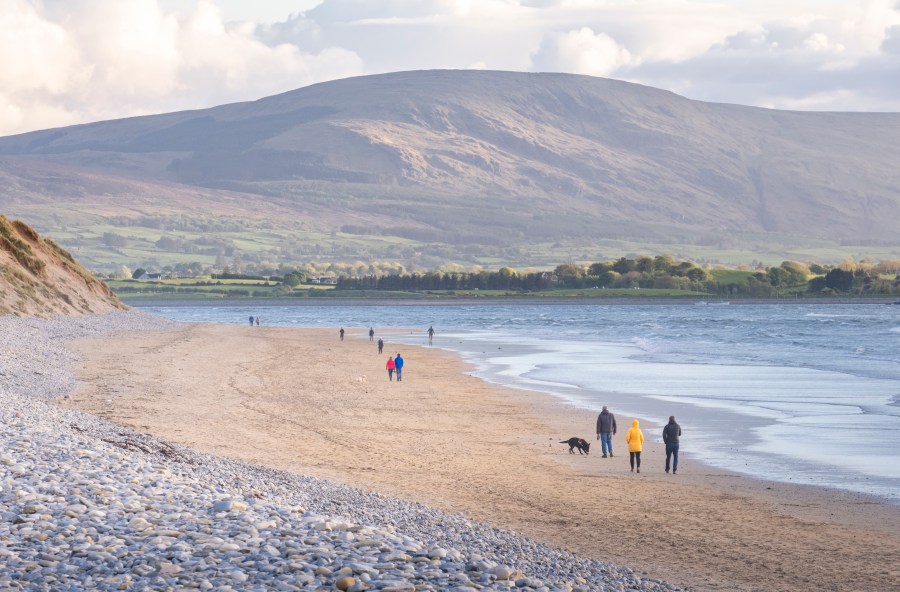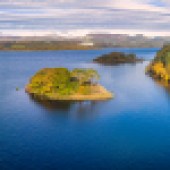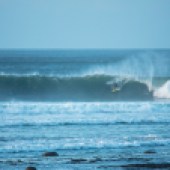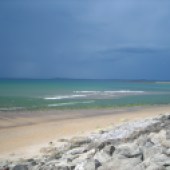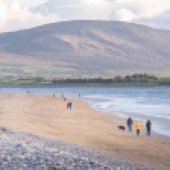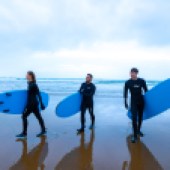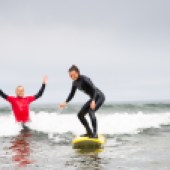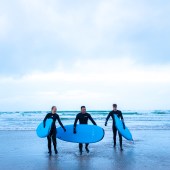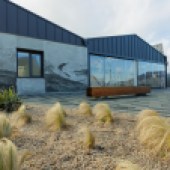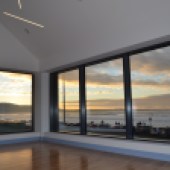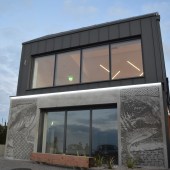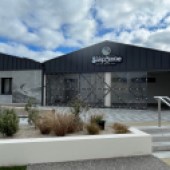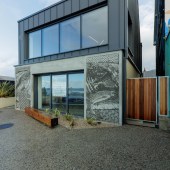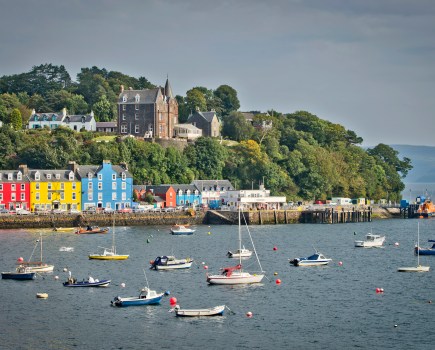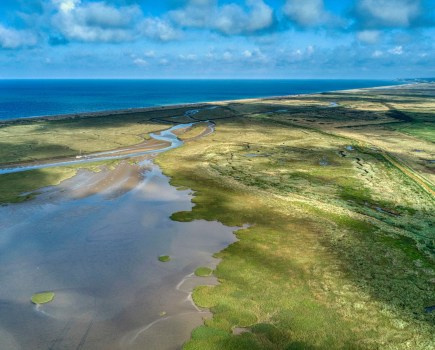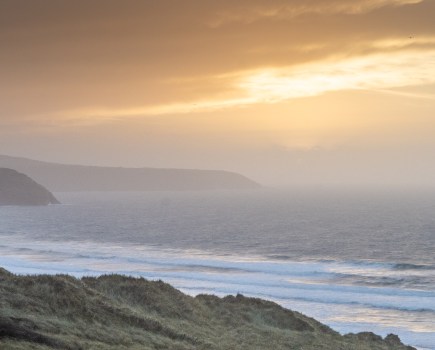Ever been surfing in Ireland? Victoria Scarlett heads for a newly-opened destination which is putting Ireland on the surfing map.
As someone who grew up within striking distance of the surfing beaches of Cornwall and Devon, the south west of England always feels like my ‘go to’ place when it comes to hitting the waves. However, with apologies to my home turf, I may just have to confess to having been enticed by another.
And that’s because I am just back from a visit to the Republic of Ireland’s new National Surf Centre at Strandhill, in Sligo, a wonderful spot which forms part of the Wild Atlantic Way coastline, well-known for its rugged and unspoiled scenery, calling out to surfers worldwide to come and enjoy the swells of the sea and a crowd-free surf.
The newly opened centre firmly cements County Sligo’s reputation as a world-famous surfing hub on Ireland’s west coast. Open to surfers of all levels, the beaches of Strandhill are beautiful and a range of waves gives the opportunity for everyone to visit and try out surfing throughout the year.
And having tried those epic ‘gnarly’ waves for myself I can vouch for the fact that this area of coastline is a fabulous experience for surfers, both in and out of the water.
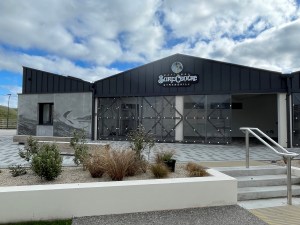
My visit started with a tour of the new facilities courtesy of Mick McEnroe, chairman of the National Surf Centre and, remarkably for a man who doesn’t surf himself, a passionate advocate of the project. Mick, a popular figure in the local community, helped to manage the creation of this stunning mecca for all things surfing which offers a lot more besides time out in the waves.
The aim is to see Strandhill emerge as a world class surfing destination. Located in a beautiful location overlooking the waterfront, the National Surf Centre is a purpose-built architectural building, designed to the highest standard and will have a number of functions, including hosting “The National Centre of Excellence for Surfing”, a flagship project which aims to provide a focal point for local businesses, residents and tourists, as well as providing facilities for surfing schools and surf visitors. There has been €3m of investment in taking a derelict plot, demolishing it and rebuilding it as something which ticks the box when it comes to claiming world class status. And it’s not just a surf centre but is also aimed towards outdoor activities and the community, playing host to three surf schools and the County Sligo Surf Club.
A word too for the exterior of the building, which features striking artwork created by pouring concrete on to stencils and depicts the legendary mythical Irish warrior queen, Maeve.
As well as funding from government, there was also help for the project from Voya Seaweed Baths and the reason for this soon becomes clear when, after an invigorating surf session in the sea, I return back to the centre to try one for myself.
My session starts with a steam to allow the pores to open up, before getting in the seaweed bath. Seaweed has been used for over 300 years for a variety of health and practical benefits and has a broad range of nutrients such as fibre, calcium, potassium, magnesium, and iron. It is also well known for its high iodine content which supports the maintenance of normal healthy skin.
Certainly after a heathy workout in the water on my board it was fabulous to sink into the warm water with seaweed all around me and know that not only was I relaxing, it was doing my skin good too!
All this surfing and relaxing could make you a little sleepy and when I checked into my accommodation for my stay in Ireland – the excellent Strandhill Lodge and Suites – and found I was staying in a lovely suite, it would have been easy to close my eyes and drift off to sleep dreaming of a fabulous first day, but hunger pangs were also calling me.
And where better to stave those off then the nearby Venue Bar & Restaurant? Steak and seafood were the order of the at this superb dining spot where portions are plentiful and the welcome is warm. After a fantastic meal, it was indeed time to head to bed and prepare for another day of adventure.
Because this part of the world is not just about aquatic adventures in the sea…there is also the opportunity to get waterborne inland too. This I learned with a kayaking tour around the stunning scenery of Lough Gill with Sligo Kayak Tours. My excellent tour guide for the trip told me all about the animals and plant species native to the area, with a few legends and local history details added in too. An informative and fun way to spend a morning.
Indeed, such was the appeal of the lough that I returned there in the afternoon, this time astride a stand up paddleboard courtesy of Sligo Bay SUP, who have a fantastic range of hire options, plus lessons for those who need it.
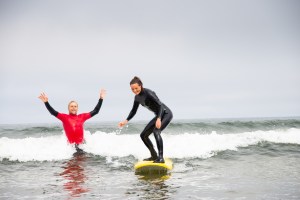
Just to ensure I was completely worn out at the conclusion of my trip, it ended with a walk to The Devil’s Chimney, Ireland’s tallest waterfall and something of a phenomenon. The Irish name for the waterfall ‘Sruth in Aghaidh An Aird’ means stream against the height and denotes the fact that during certain weather conditions when the wind blows from the south, the waterfall is blown upward and back over the cliff from which it falls. The waterfall does not flow during periods of dry weather; however, it is particularly spectacular during or immediately after periods of heavy rainfall.
It was certainly a stunning end to a spectacular visit and later, as I settled into my plane seat for the relatively short flight back to the UK, I was already planning a return trip to take on those magical waves in such a glorious setting once more.
- nationalsurfcentre.ie
- strandhilllodgeandsuites.ie
- venuestrandhill.ie
- sligokayaktours.com
- sligobaysup.ie
- sligowalks.ie/walks/srutVSh-in-aghaidh-an-aird-the-devils-chimney/
For more information visit: Ireland.com.
Ireland is part of the common travel area, meaning there are no travel restrictions for British travellers to visit the island of Ireland.

